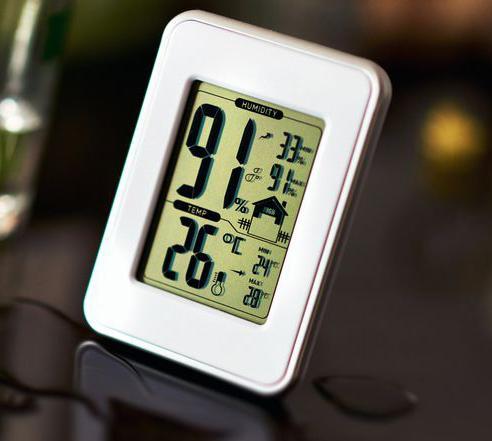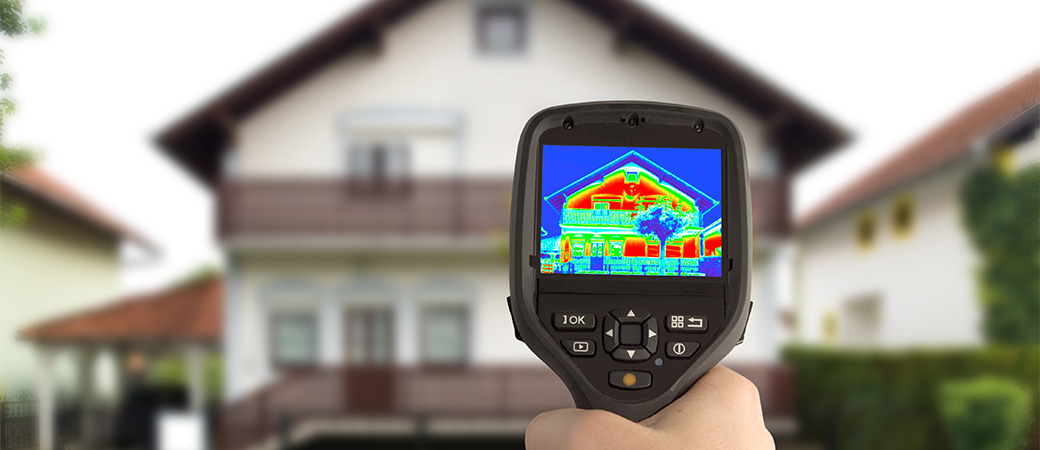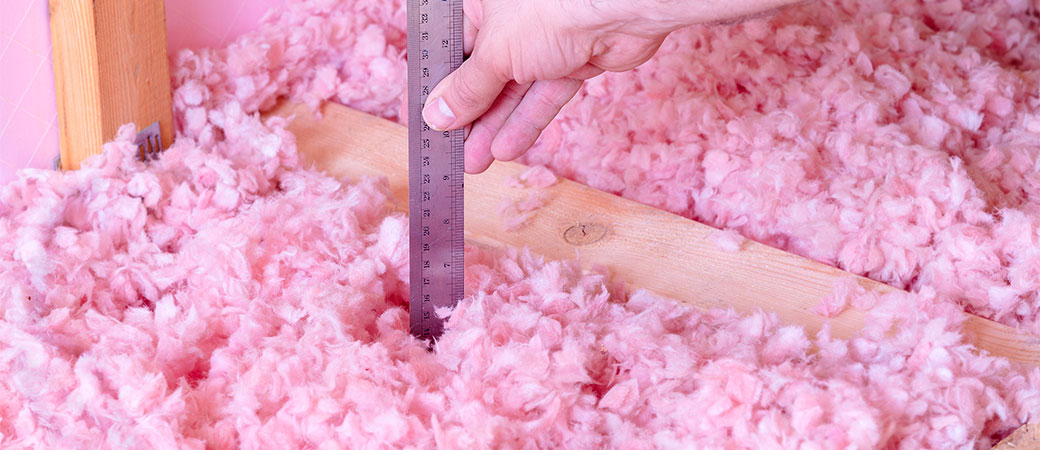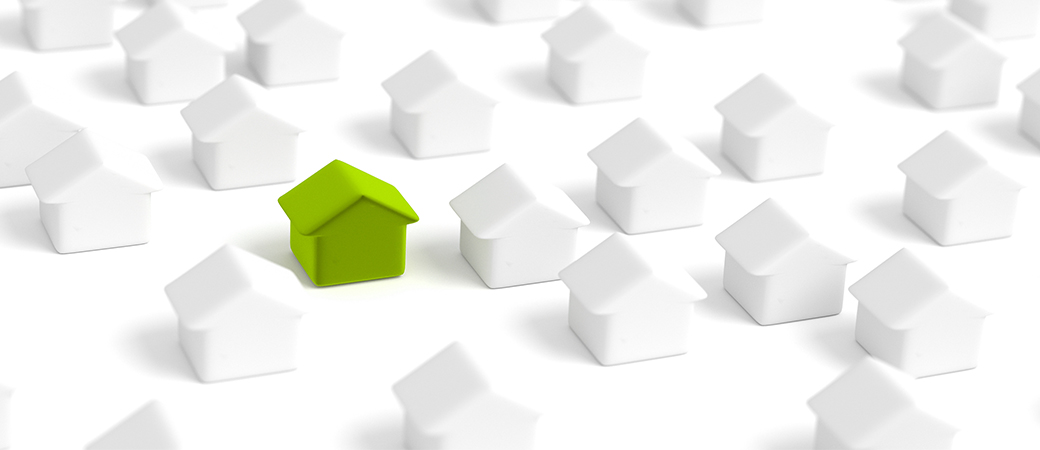Virginia summers mean an inevitable rise in humidity. While this may appear to be a simple outdoor annoyance, the inside of your home can also be negatively affected.
There are many vulnerable points in your house that may allow for the build up of moisture, humidity, and eventually mildew and mold. In addition to negative health impacts, this accumulation of moisture within the home can also lead to rotting and widespread structural damage. Stay on top of expensive and dangerous moisture issues with these tips to minimize or eliminate moisture buildup and humidity in your home this summer.
Humidity and Indoor Air Quality
According to the EPA, indoor air quality ranks amongst the most common environmental health risks. Devices such as hygrometers and dehumidifiers are very useful in monitoring and maintaining indoor humidity levels around the suggested 50% during the summer and below 40% in the winter. This will make your home more comfortable, while also reducing health threats that come with air pollutants and mold. 
Hygrometers measure temperature and relative humidity. Basic models run around $10-20, a small price to pay for a continual visual check of potentially damaging moisture in your home.
If you find that you do have elevated humidity levels, active moisture management is needed.
Look for Leaks
First, pay close attention to any areas where water enters your home or foundation and fix them as soon as you can. To avoid basement flooding and water build up around your home, be sure to clean out gutters and direct downspouts away from your home.
Next, look for avenues through which warm and humid outside air can enter the house. Gaps in joints in heating and cooling ducts, failed weatherstripping around windows and doors, and poorly sealed framing junctions are the most common culprits. Duct sealing and weatherstripping are relatively easy fixes whether you hire a contractor or go the DIY route. Air sealing is more involved and may require a professional.
Vapor Barriers and Dehumidifiers
If you have a crawl space, it is always recommended that a vapor barrier be installed to cover all exposed soil. This can eliminate GALLONS of water vapor from entering your home by itself. In general, the thicker the ground cover, the better, as it will stop more moisture and be more durable — 10 millimeters is the thickness recommended most often.
It’s possible that, especially in an older home, you can still have elevated humidity even after taking all of these corrective measures. If that’s the case, a dehumidifier is the best solution. Most dehumidifiers have a humidistat built in, so they will shut themselves off once their target humidity level is reached. Set the dehumidifier to 50% relative humidity, drain it to a floor drain in your basement, and enjoy peace of mind that your indoor humidity is taken care of.
It’s both important and easy to manage your indoor moisture during these humid summer months. Taking these simple steps can save you and your family a lot of money, house damage, and health consequences in the long run. If you can’t seem to find the source of an air leak, water leak, or humidity and mold buildup, contact a licensed contractor or building analyst.





